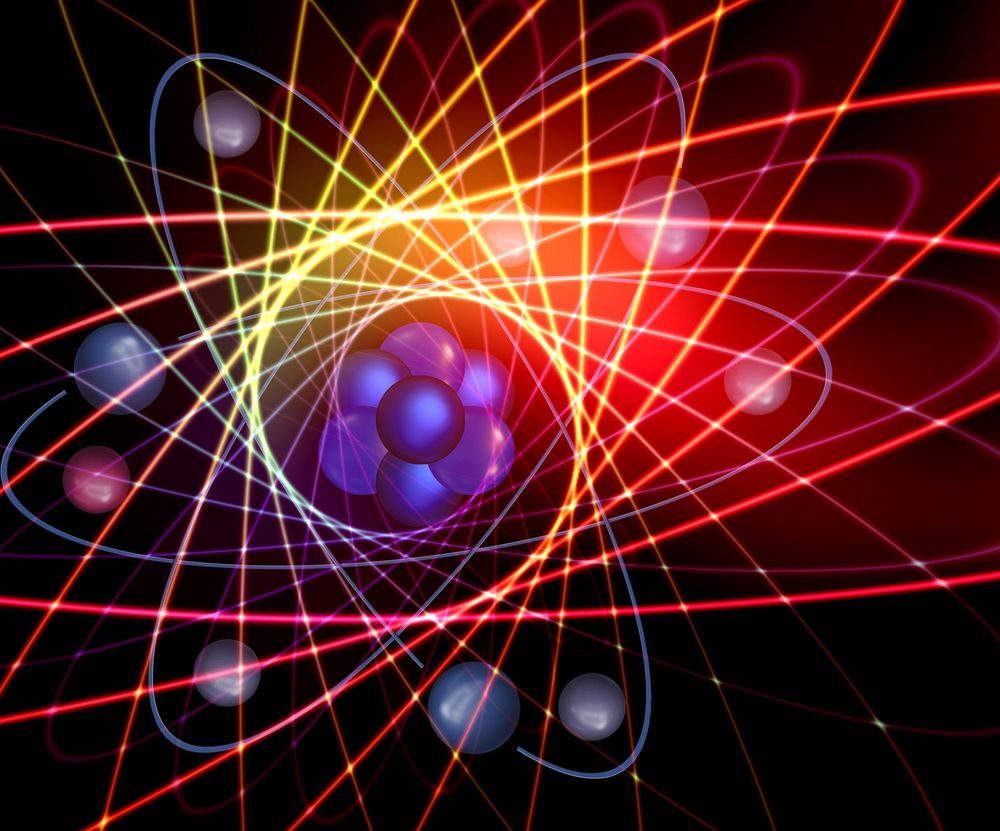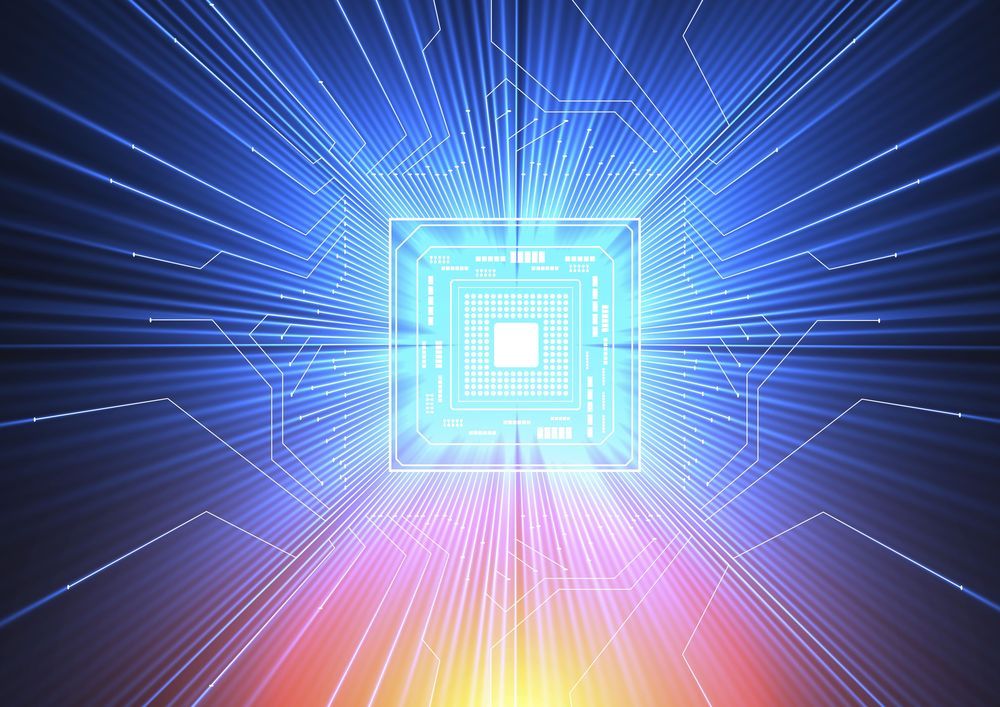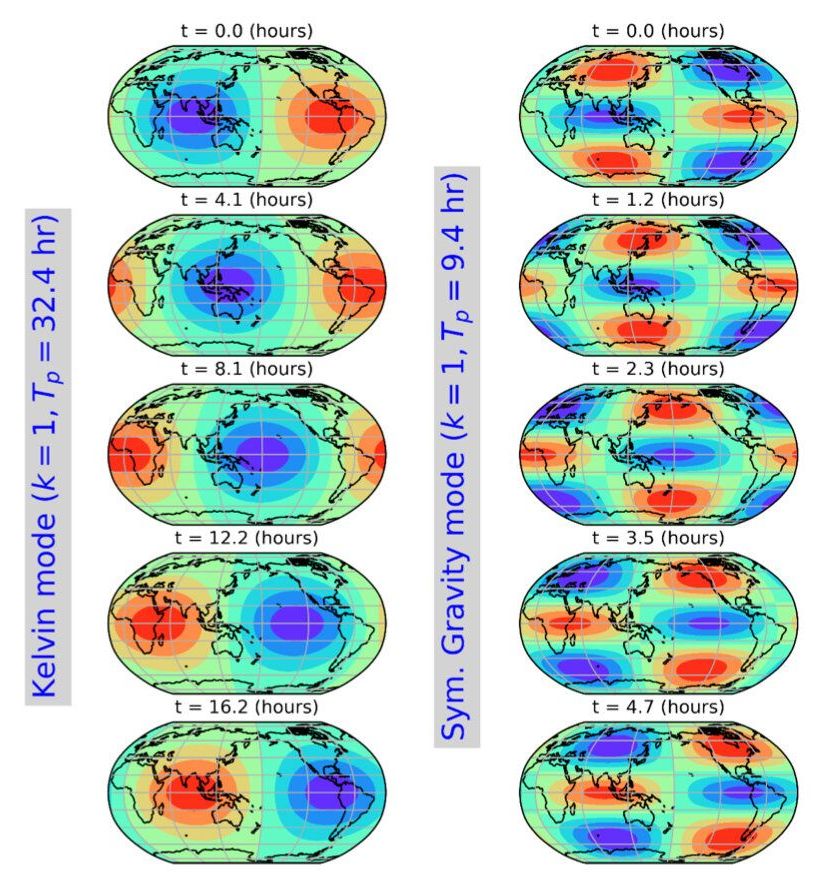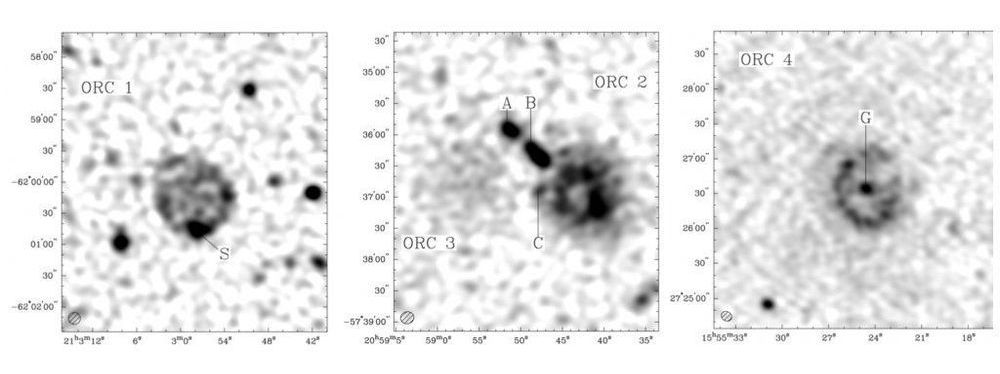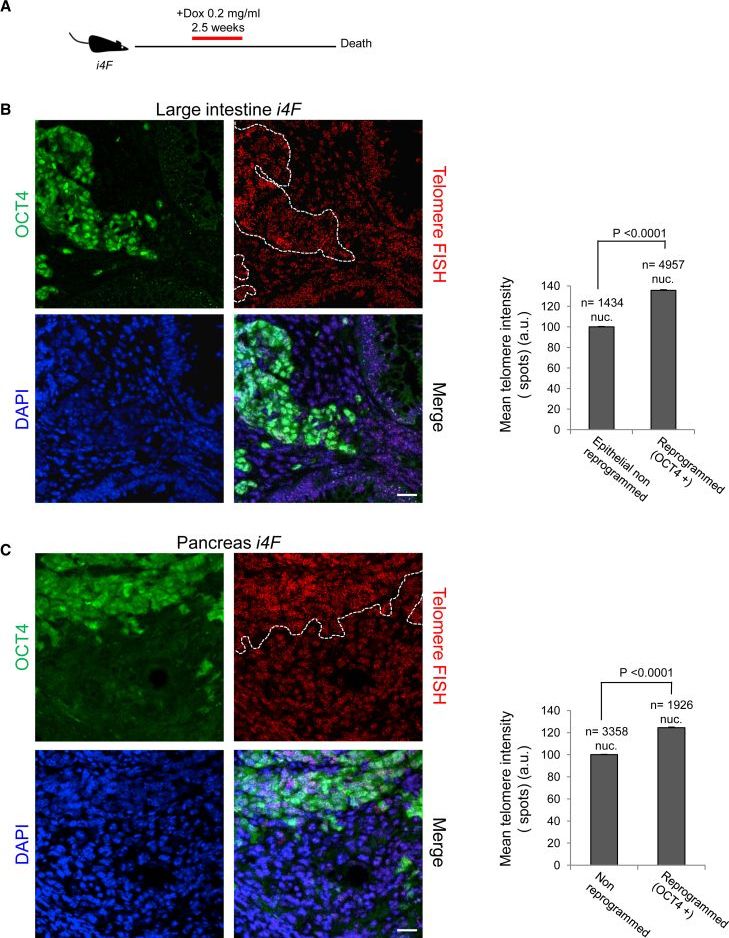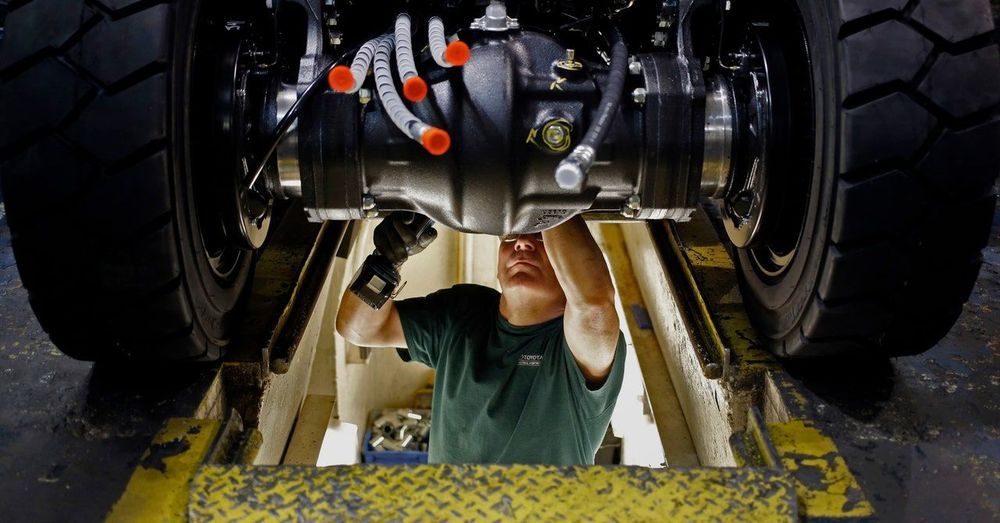Jul 9, 2020
Observation of the Quantum Spin Liquid State in Novel Material Advances Spintronics
Posted by Saúl Morales Rodriguéz in categories: engineering, particle physics, quantum physics
New insight into the spin behavior in an exotic state of matter puts us closer to next-generation spintronic devices.
Aside from the deep understanding of the natural world that quantum physics theory offers, scientists worldwide are working tirelessly to bring forth a technological revolution by leveraging this newfound knowledge in engineering applications. Spintronics is an emerging field that aims to surpass the limits of traditional electronics by using the spin of electrons, which can be roughly seen as their angular rotation, as a means to transmit information.
But the design of devices that can operate using spin is extremely challenging and requires the use of new materials in exotic states–even some that scientists do not fully understand and have not experimentally observed yet. In a recent study published in Nature Communications, scientists from the Department of Applied Physics at Tokyo University of Science, Japan, describe a newly synthesized compound with the formula KCu6AlBiO4(SO4)5Cl that may be key in understanding the elusive “quantum spin liquid (QSL)” state. Lead scientist Dr Masayoshi Fujihala explains his motivation: “Observation of a QSL state is one of the most important goals in condensed-matter physics as well as the development of new spintronic devices. However, the QSL state in two-dimensional (2D) systems has not been clearly observed in real materials owing to the presence of disorder or deviations from ideal models.”
